Part 3 From Potential to Practice: Navigating AI Across the Design Process - Schematic Design
2025.09.30
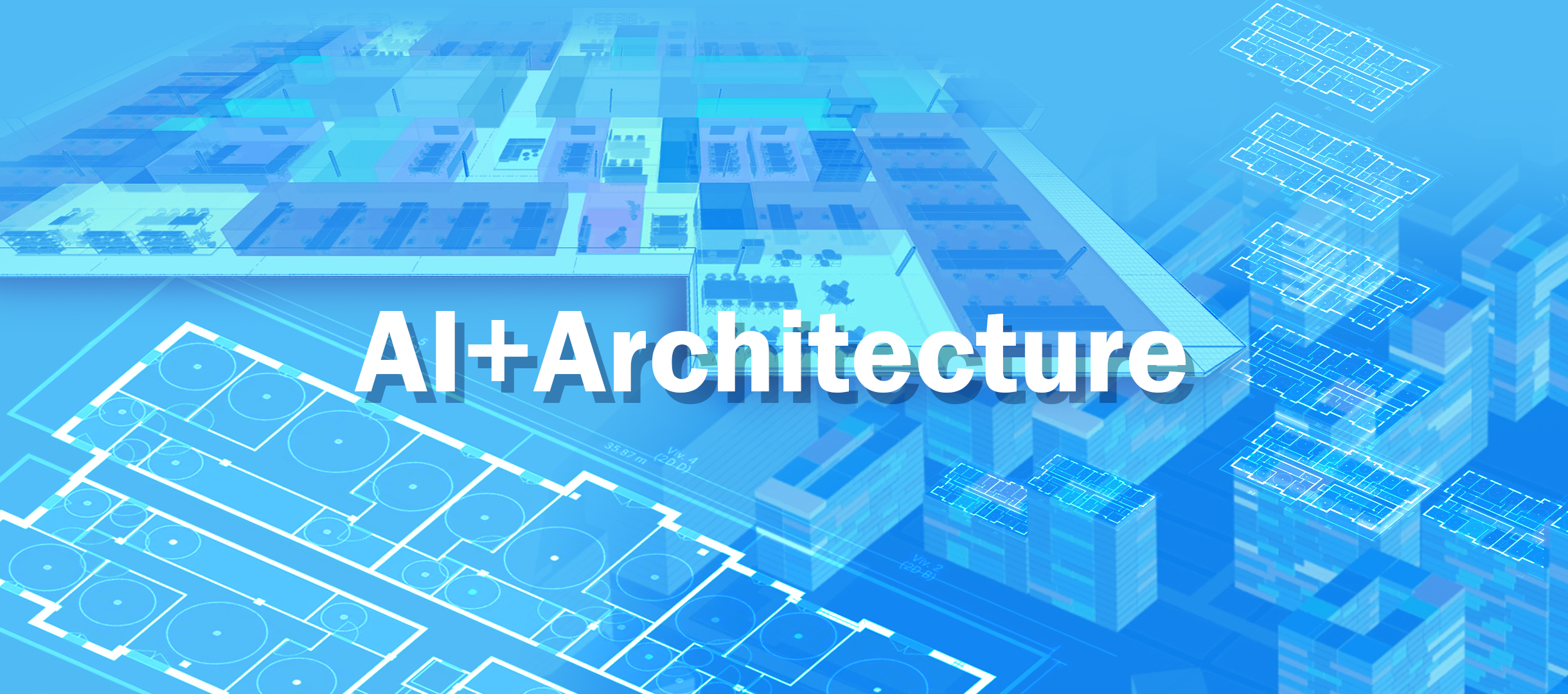
Once a project’s parameters are defined—program, budget, site constraints—the schematic design phase begins in earnest. This is where architecture takes form: massing, circulation, orientation, and spatial relationships are tested, stretched, and shaped into early design narratives. It’s a phase that sits at the crossroads of creativity and constraint, requiring architects to explore rapidly while remaining grounded in feasibility.
Unlike the abstract analysis of pre-design, schematic design is highly visual and iterative—and increasingly, AI tools are stepping in to support this process. From auto-generating plan layouts and massing models to providing real-time feedback on daylight, solar gain, or density, these tools help architects move from idea to iteration with greater clarity. Some even allow natural language input, turning prompts into testable schemes: What if the courtyard faces east? What if we add a second story? The best tools in this space don’t replace the designer’s hand—they accelerate exploration and sharpen decision-making. Below, we examine three platforms reshaping schematic design.
ARCHITEChTURES: AI for Layout Optimization
This platform uses AI to automate space planning based on a range of inputs: program, area, circulation ratios, adjacencies, and more. Ideal for housing and mixed-use developments, ARCHITEChTURES produces testable schemes in minutes. Designers can tweak geometry, adjust parameters, and receive real-time feedback on efficiency and daylighting. It’s most valuable for multidisciplinary teams balancing client goals with planning regulations.
While the UI is approachable, it works best for rectangular or gridded plans—less so for expressive or non-standard geometries. It doesn’t replace schematic design, but offers a fast-track to early layout testing and validation.
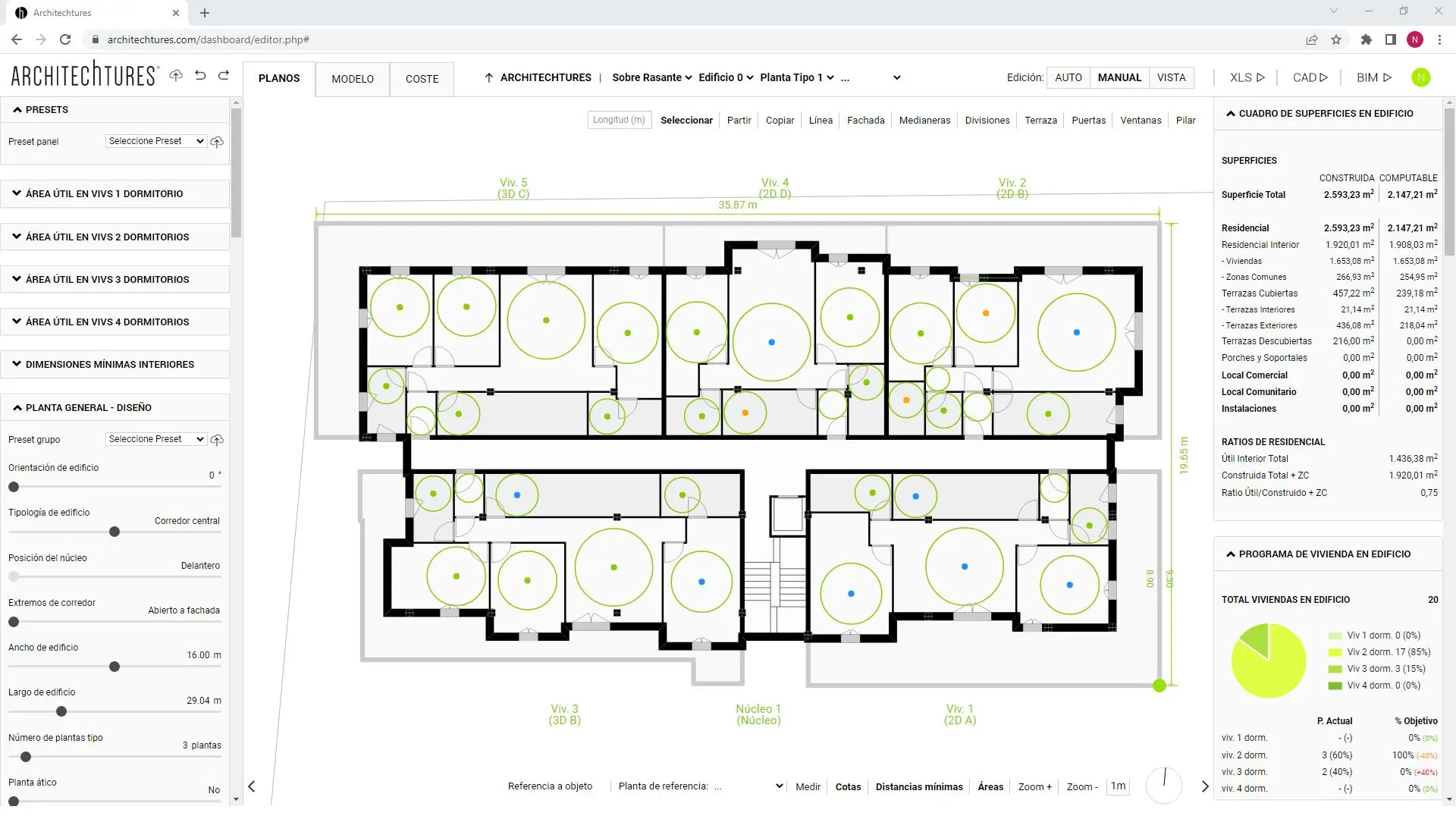
Hypar: Generative Systems Meet Real-World Logic
Hypar brings a modular, logic-based approach to schematic design. Rather than focusing on static forms, it enables designers to build and reuse generative “systems”—code-backed scripts that can automate massing, core layouts, structure, and environmental response. Hypar is especially powerful for firms tackling repeatable building types (like multifamily, labs, or offices) and seeking consistent design logic across projects.
Unlike traditional tools, Hypar doesn’t rely on visual sketches alone—it operates through a blend of UI and scripting, so there’s a steeper learning curve. But it rewards users with high flexibility, BIM-ready outputs, and deep integration potential. Hypar doesn’t produce flashy renderings, but it excels at embedding logic early, reducing redundant work downstream.
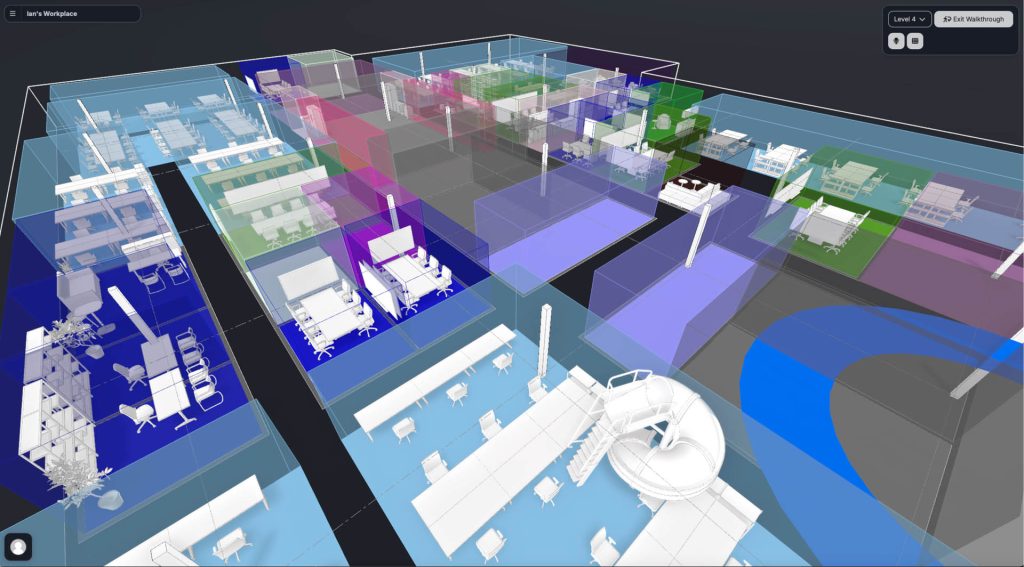
ARCHITEChTURES: offers a fast-track to early layout testing and validation.
Delve by Sidewalk Labs: Balancing Form, Finance, and Policy
Delve combines generative design with economic modeling—offering architects and planners a way to explore how zoning, height limits, open space, and unit mix impact both form and financial return. Its strength lies in linking geometry to pro forma: how many units, what types, and what ROI. That makes it ideal for larger developments or clients who need quick answers about feasibility without locking into a fixed scheme. Delve isn’t a sketch tool—it’s a dashboard for exploring what’s possible, and what trade-offs different design directions imply.
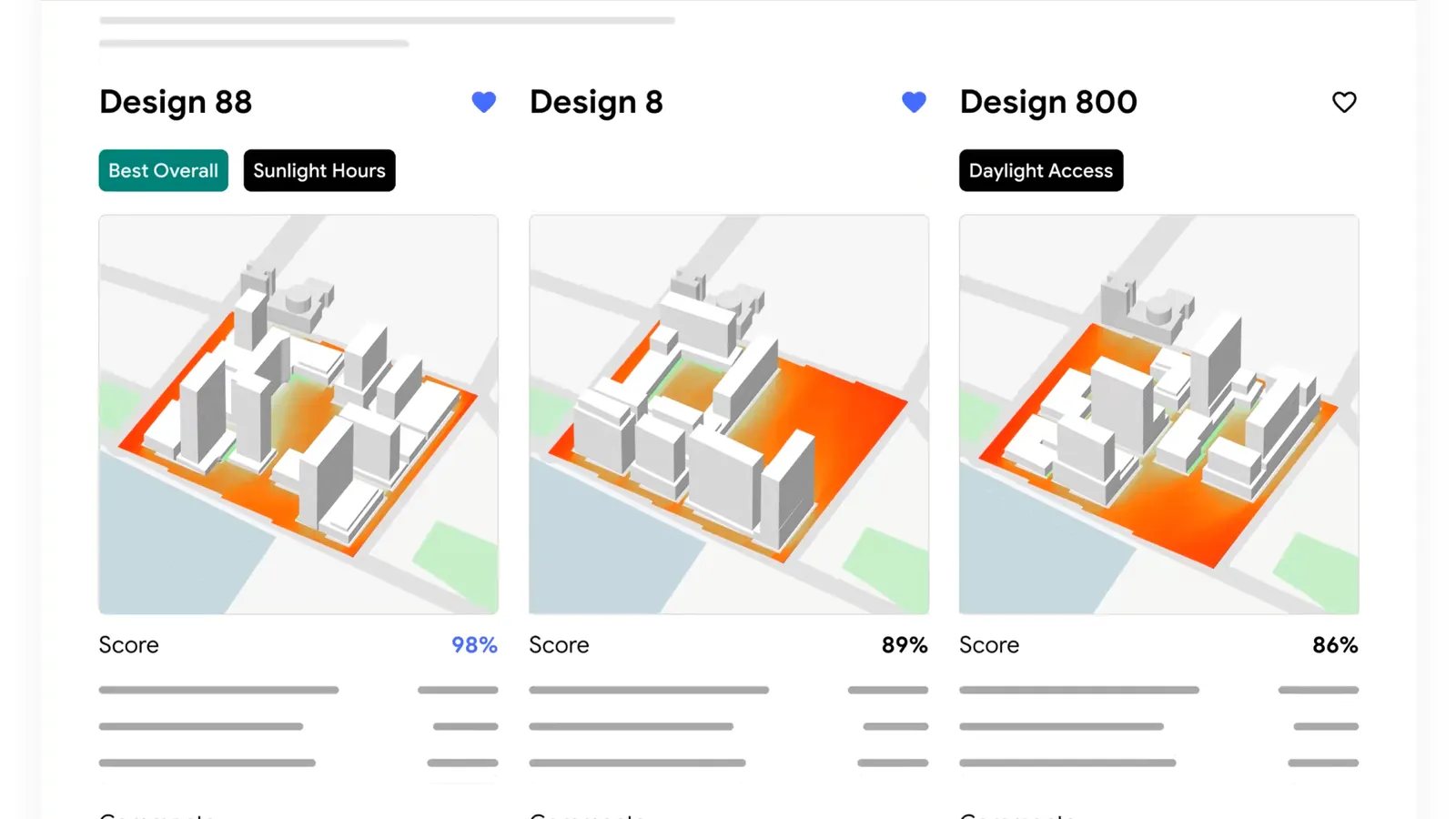
Hypar: excels at embedding logic early, reducing redundant work downstream.
In the schematic phase, speed matters—but so does judgment. AI tools can help architects generate more options, faster. They can bring performance feedback into the earliest design moves and keep feasibility within view. But they don’t yet understand context, character, or community. The best use of AI in schematic design is as a co-pilot: accelerating exploration, offering analysis, and supporting clearer decision-making. As we continue this series, we’ll keep asking: What does this tool actually do? Who is it for? How does it integrate—or disrupt—your workflow? And what’s still better left to the human hand?
Delve: a dashboard for exploring what’s possible, and what trade-offs different design directions imply.
From Potential to Practice: Navigating AI Across the Design Process
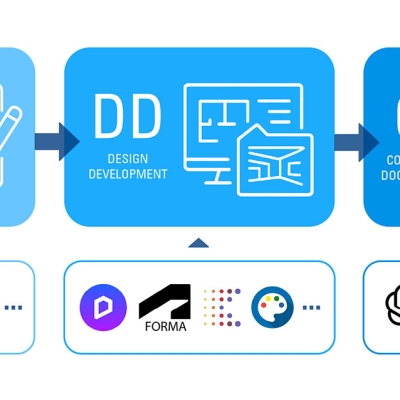 Part 1
Introduction
2025.07.16
Part 1
Introduction
2025.07.16
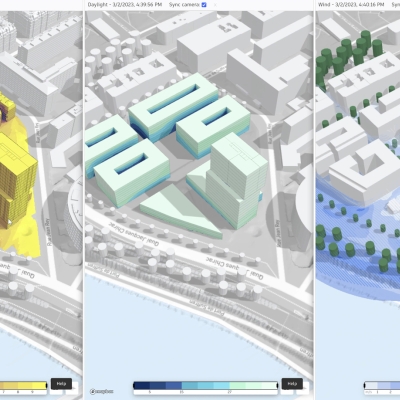 Part 2
Pre-Design
2025.09.23
Part 2
Pre-Design
2025.09.23
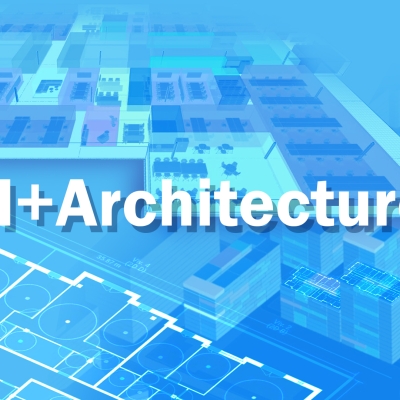 Part 3
Schematic Design
2025.09.30
Part 3
Schematic Design
2025.09.30


